A Pike is any of several species in the taxonomic genus Esox. Researchers recognize seven different species in this genus, including the Aquitanian, northern, southern, and Amur Pike, as well as the American and chain pickerel, and the muskellunge. Read on to learn about the Pike.
Description of the Pike
Though several different species exist, these fish typically share a similar body shape – elongated and torpedo-shaped, with a pointed snout. Many species also have spotting or similar patterns on their scales to help them camouflage within their habitats.
Different species reach different sizes. They range in size from one to five feet in length and vary drastically in weight based on the individual.
Interesting Facts About the Pike
These fish have a number of unique traits and behaviors. Learn more about what makes a few specific species unique, below.
- Northern Pike – Researchers consider this species the type species of the genus. This means that when someone refers to a “Pike” they most often refer to this fish. You can find this large fish across freshwater habitats in cold regions of the Northern Hemisphere.
- Muskellunge – The muskellunge, also known as the “muskie,” is a large species that lives in North America. While most individuals of this species measure just a few feet long, some exceptional individuals have surpassed six feet in length!
- Amur Pike – This species gets its name from the Amur River system that it inhabits. It has silvery-colored scales with drastically dark spots along its flanks. The Pennsylvania Fish and Boat Commission attempted to introduce this species into Glendale Lake, but the attempt was not successful.
- American Pickerel – These fish do not quite reach the large sizes of their northern cousins. You can find this species in warmer, southern regions of North America in which their larger cousins do not inhabit. Researchers recognize two different subspecies of American Pickerel.
Habitat of the Pike
The different species in this group occupy different habitat types. Each has its own unique preferences, though all the various species live in freshwater habitats.
Generally, they prefer aquatic habitats with lots of underwater vegetation to use as camouflage while hunting for prey. Some of the different types of habitats that they utilize include lakes, ponds, streams, creeks, rivers, and more.
Distribution of the Pike
As is the case with their habitat preferences, the distribution and range of these fish varies based on the species. Some live across vast ranges, while others occupy only a small region. Each has its own unique distribution, though some populations do overlap with others.
You can find the various species throughout the Northern Hemisphere. The larger species live in colder regions close to the Arctic Circle, while the smaller species occupy more southerly regions. They live in North America, Europe, Asia, and more.
Diet of the Pike
All Pike have carnivorous feeding habits, and hunt for prey. They do not specialize in specific prey, instead, they eat just about anything that they can catch and swallow. Their most common prey item is fish, though smaller species and younger fish also eat insects and invertebrates.
The larger species have voracious and aggressive feeding habits. Some species can easily swallow prey up to half their body length. The fish even kills prey larger than this, and leaves the tail of the prey protruding from its mouth until it digests enough to swallow the rest.
Pike and Human Interaction
People do not generally catch this fish as a source of food. Instead, they target it for sport because of its large size and aggressive attitude. Sport fishing of these creatures can be incredibly lucrative as a tourist attraction.
Unfortunately, even in catch-and-release situations these fish suffer from capture, and overfishing can cause population decline. The impact of human activity on each species varies from one to the next.
Domestication
Humans have not domesticated this fish.
Does the Pike Make a Good Pet
Hypothetically, you could keep smaller species in large tanks. However, even the smallest pickerels would need very large tanks and would eat any other fish you keep them with. For this reason, they make poor pets.
Pike Care
Many aquariums keep these fish for their large size and striking appearance. Because they grow so large, the aquarists keep the fish in extremely large tanks with a variety of hiding places, such as artificial roots, branches, and fallen logs. They need plenty of space, as they have extremely territorial behavior towards one another.
Behavior of the Pike
These fish live in close proximity, but have extremely aggressive behavior. Each holds its own territory and defends it viciously from other fish.
When prey is scarce, it is common for many different species to become cannibalistic and eat smaller members of their species. This makes it difficult to replenish populations which have suffered from overfishing.
Reproduction of the Pike
The various species have different reproductive rates and habits. They do not create nests, and spawn randomly when the water reaches a specific temperature. The females release their eggs, the males release their sperm, and fertilization occurs outside of the body.
Though the amount of time it takes for the eggs to hatch varies based on the species and the water temperature, most fry emerge after about two weeks. The young develop quickly, and different species reach sexual maturity at different rates.

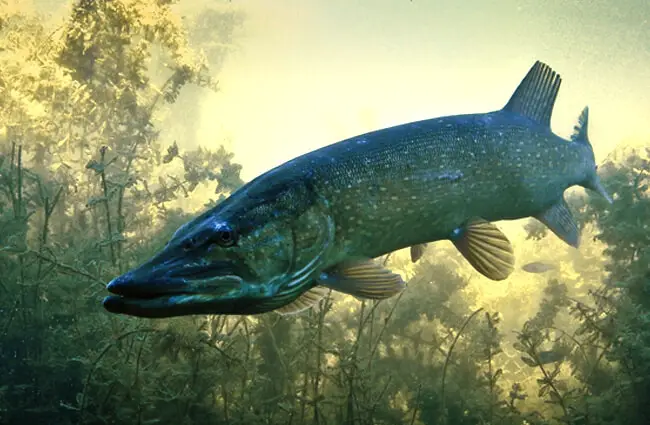
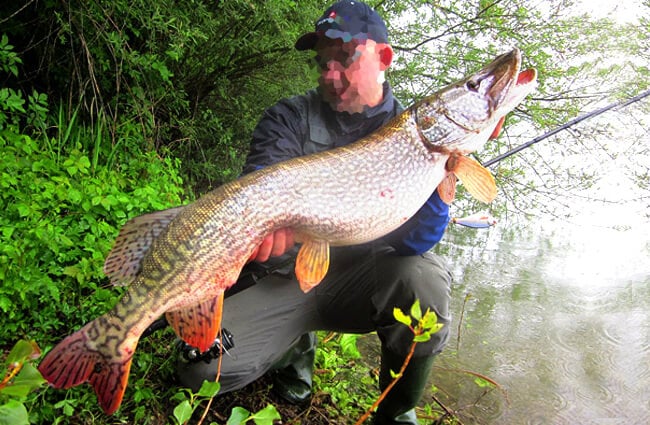
![Northern Pike fish underwater Northern Pike fish underwater Photo by: Hines Robert W, U.S. Fish and Wildlife Service [public domain]](https://animals.net/wp-content/uploads/2020/01/Pike-4-650x425.jpg)

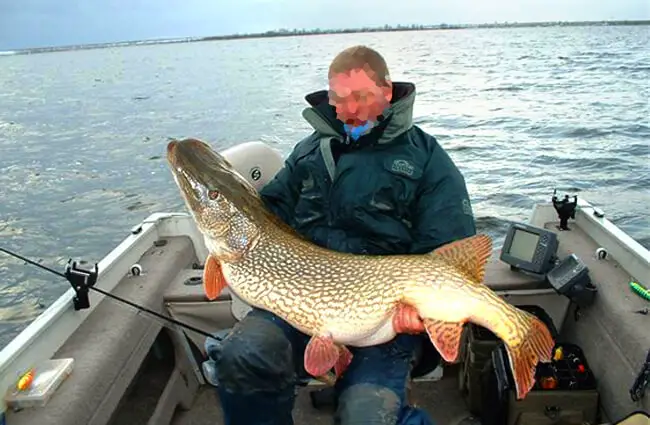
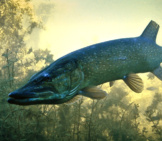
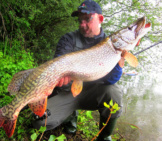
![Northern Pike fish underwater Northern Pike Fish Underwater Photo By: Hines Robert W, U.s. Fish And Wildlife Service [Public Domain]](https://animals.net/wp-content/uploads/2020/01/Pike-4-162x141.jpg)
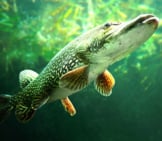
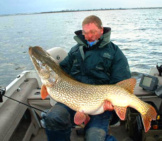
![Red Angus Closeup of a beautiful Red Angus cowPhoto by: U.S. Department of Agriculture [pubic domain]https://creativecommons.org/licenses/by/2.0/](https://animals.net/wp-content/uploads/2020/03/Red-Angus-4-238x178.jpg)












![Red Angus Closeup of a beautiful Red Angus cowPhoto by: U.S. Department of Agriculture [pubic domain]https://creativecommons.org/licenses/by/2.0/](https://animals.net/wp-content/uploads/2020/03/Red-Angus-4-100x75.jpg)

